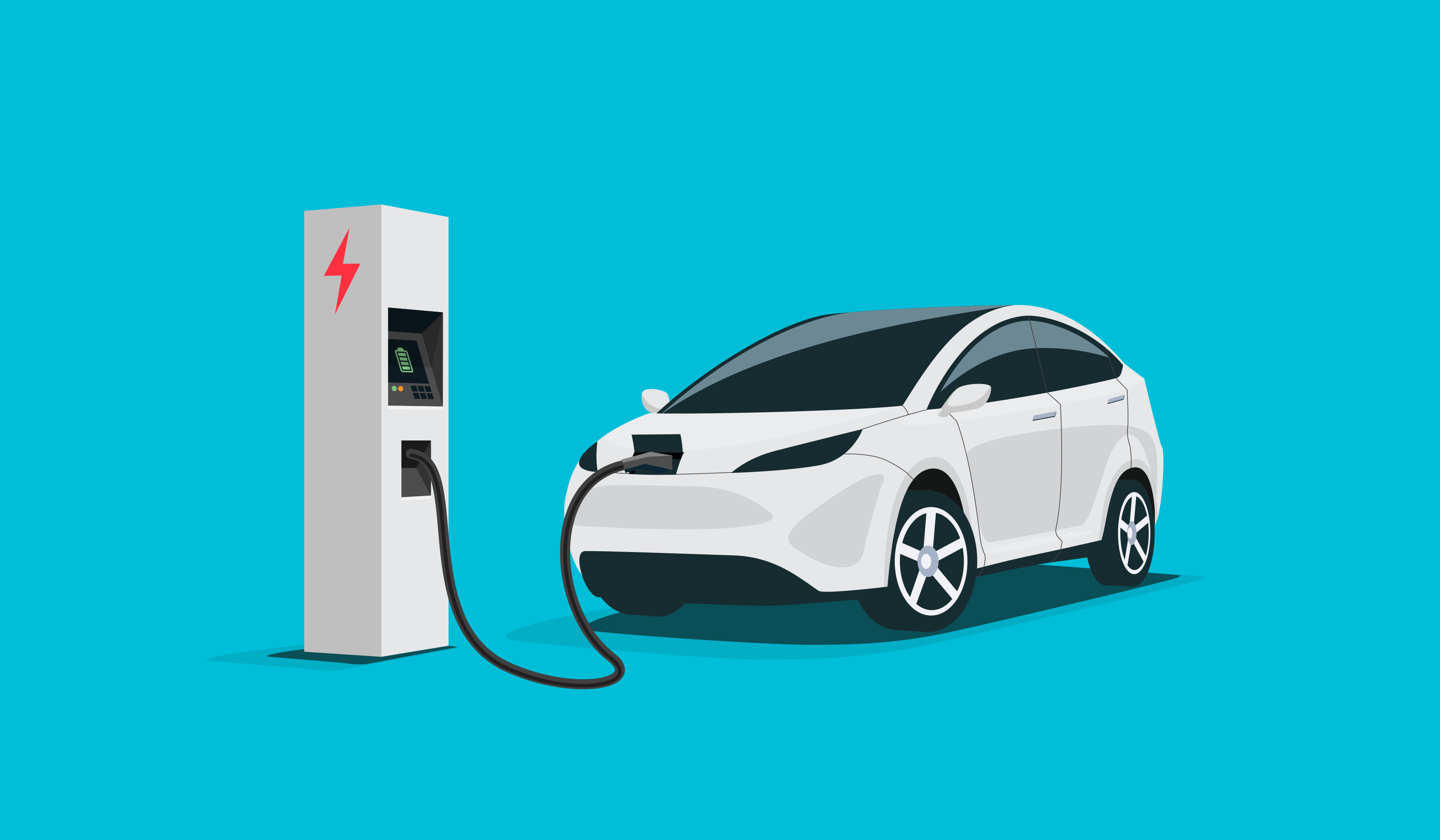Buy an all-electric car? Now? Isn’t it still too soon? The short answer: No.
Electric vehicles, or EVs, as they’re called, are no longer experimental. They’re mainstream. They’re safe, reliable and, in the long run, cheaper to own than their gasoline counterparts.
What may have seemed like a far-fetched idea just a few years ago is rapidly becoming commonplace. Electric vehicle sales are still low compared to vehicles with internal-combustion engines, but this segment is the fastest growing in the U.S.
Consider this: The U.S. saw 1 million EVs on the road in 2018. By 2030, California alone is expected to have 4 million EVs. By 2040, EVs will account for six of every 10 new car purchases worldwide. Already, in 2019, six of every 10 new vehicle sales in Norway were electric.
Why the Sudden Growth in EVs? Many buyers make the plunge into EV ownership for the sake of the planet. EVs emit no carbon because they burn no fossil fuels. Meanwhile, the explosion of charging stations is making long-distance travel easy, as is the extended range of driving on a single charge. The cars are most popular with the two largest generational cohorts: Boomers and Millennials.
But the reasons to purchase an EV go way beyond the environment:
They’re easier on the wallet. The initial purchase of an EV may still qualify for a $7,500 government rebate (depending on the model you buy), plus the cost per year to run them averages $770 lower than a comparable gasoline model — even taking into account electricity costs. Say goodbye to oil changes, spark plugs and timing belts, too, saving you $1,500 in maintenance costs over the life of the vehicle. Some states try to sweeten the deal even further with offers of free tolls and free access to express driving lanes for electric vehicles.
They’re more fun to drive. Because electric engines are high in torque, they zip. Their 0-60 mph takeoff is usually at least twice as fast as a gas car, making merging on busy freeways a piece of cake and driving, overall, much more enjoyable. They’re safer, too. The battery placement in electric vehicles provides them with a low center of gravity that makes them less likely to roll over.
They free you from fuel fluctuations. EV owners don’t have to worry about gas spikes, lines at the service station or surging costs for special oils like transmission or synthetic. You can charge your car overnight at home, and greet each morning with a full tank.
You can pick from a growing list of choices. When EVs first came out, they were slinky sedans hugging the ground for wind efficiency. Cabins were cramped, weight was low and the ride was bumpy. Now, EVs are large and classy, in sedan and SUV body styles, with extra cargo room and plush rides. All-wheel drive is available and, coming soon, you can even get electric pickup trucks.
Ready to Buy Now?
What should be your first EV purchase? The answer depends on your budget. Here are the top three popular picks:
Lower Cost
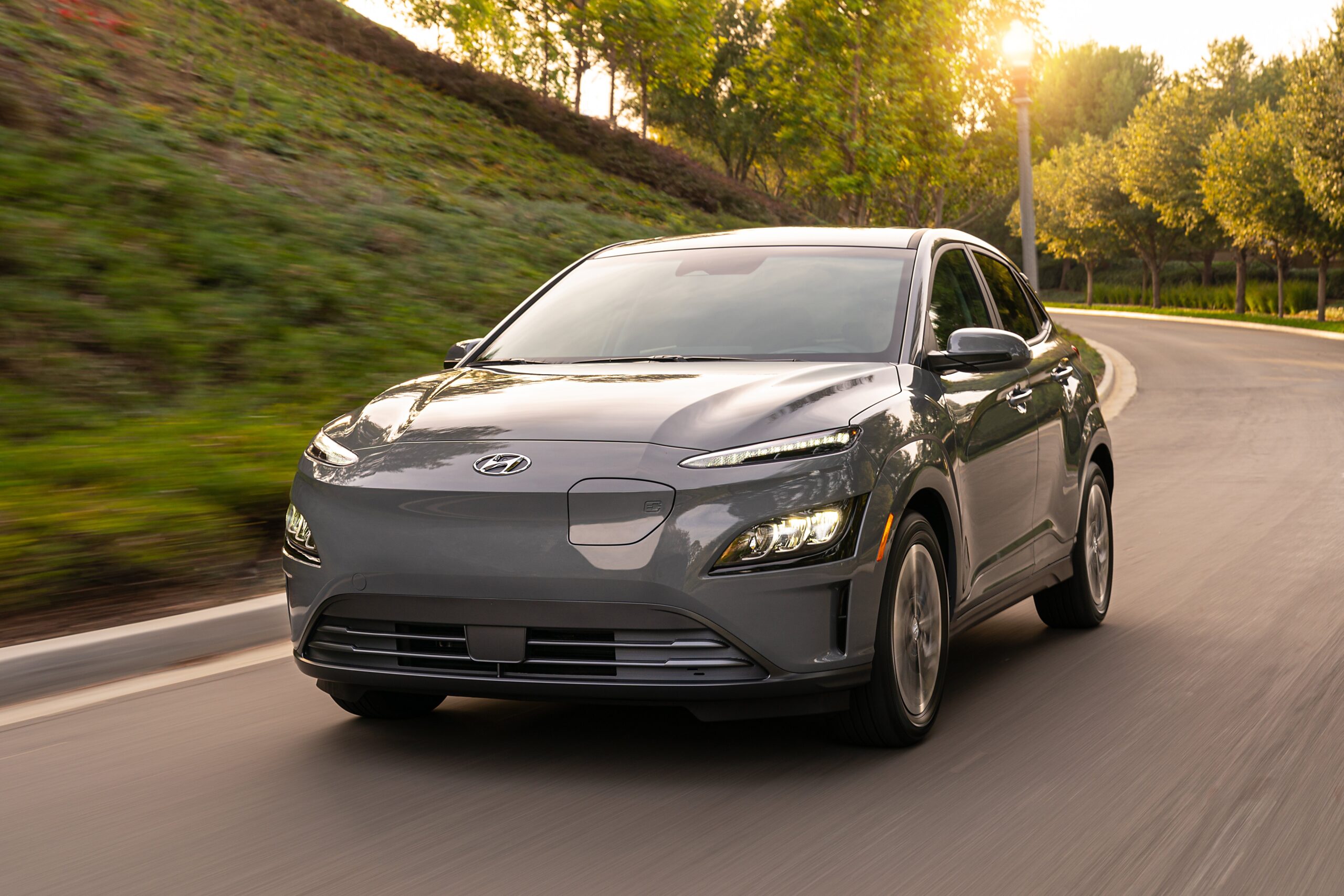
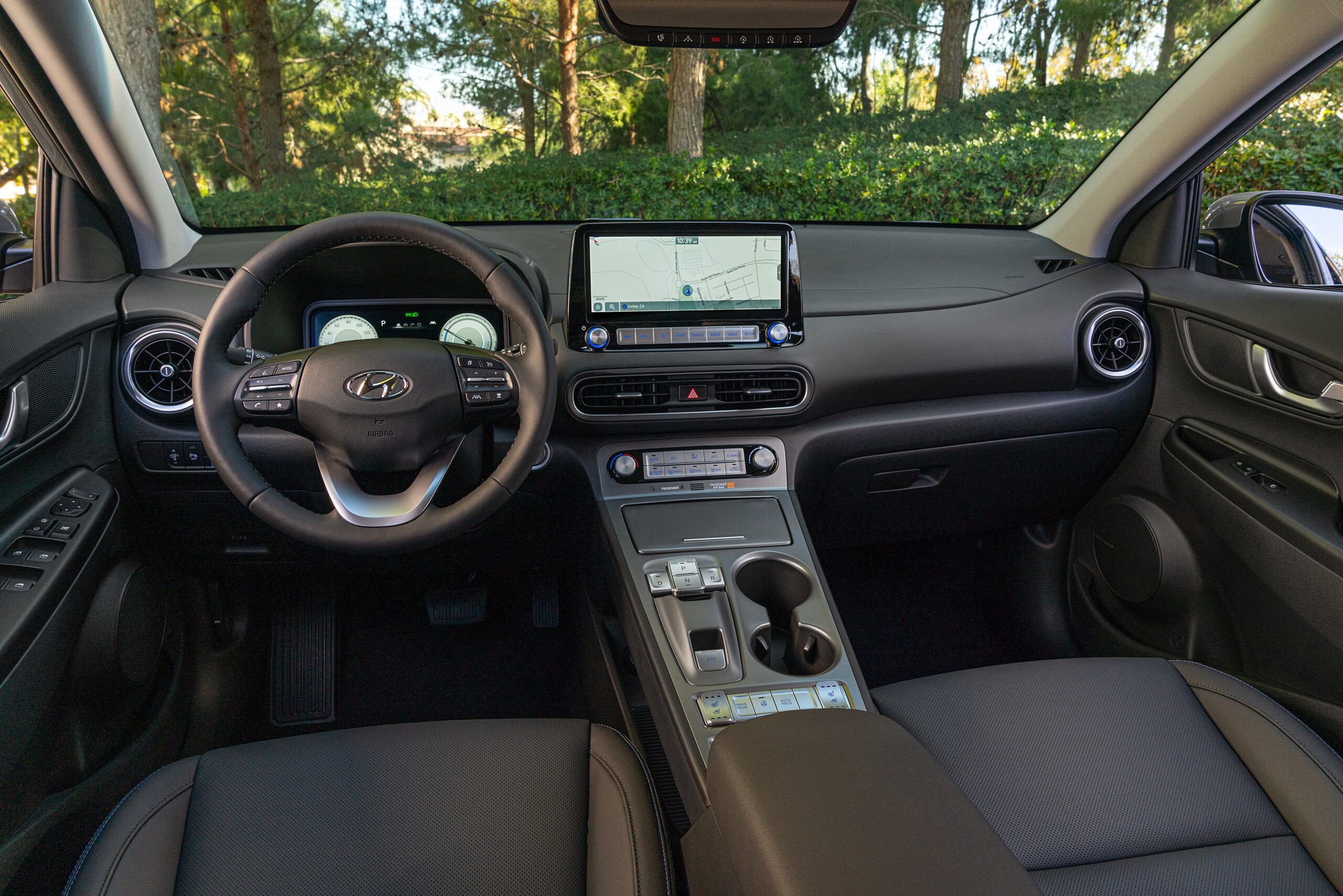
The Hyundai Kona Electric, which costs about $37,390, still qualifies for the federal tax credit, so the after-credit price is $29,890, or $8,000 below the Tesla Model 3 (see our next pick). The ride isn’t as luxurious as the Tesla, but the Kona Electric has a 258-mile range, the highest of any all-electric subcompact SUV. The Kona Electric is also loaded with intuitive tech like wireless device charging and head-up display. All electronic safety features are available. Similar low-cost options are the Chevy Bolt or the Kia Niro.
Photos courtesy of
Hyundai Motor America
www.HyundaiNews.com
Medium Cost
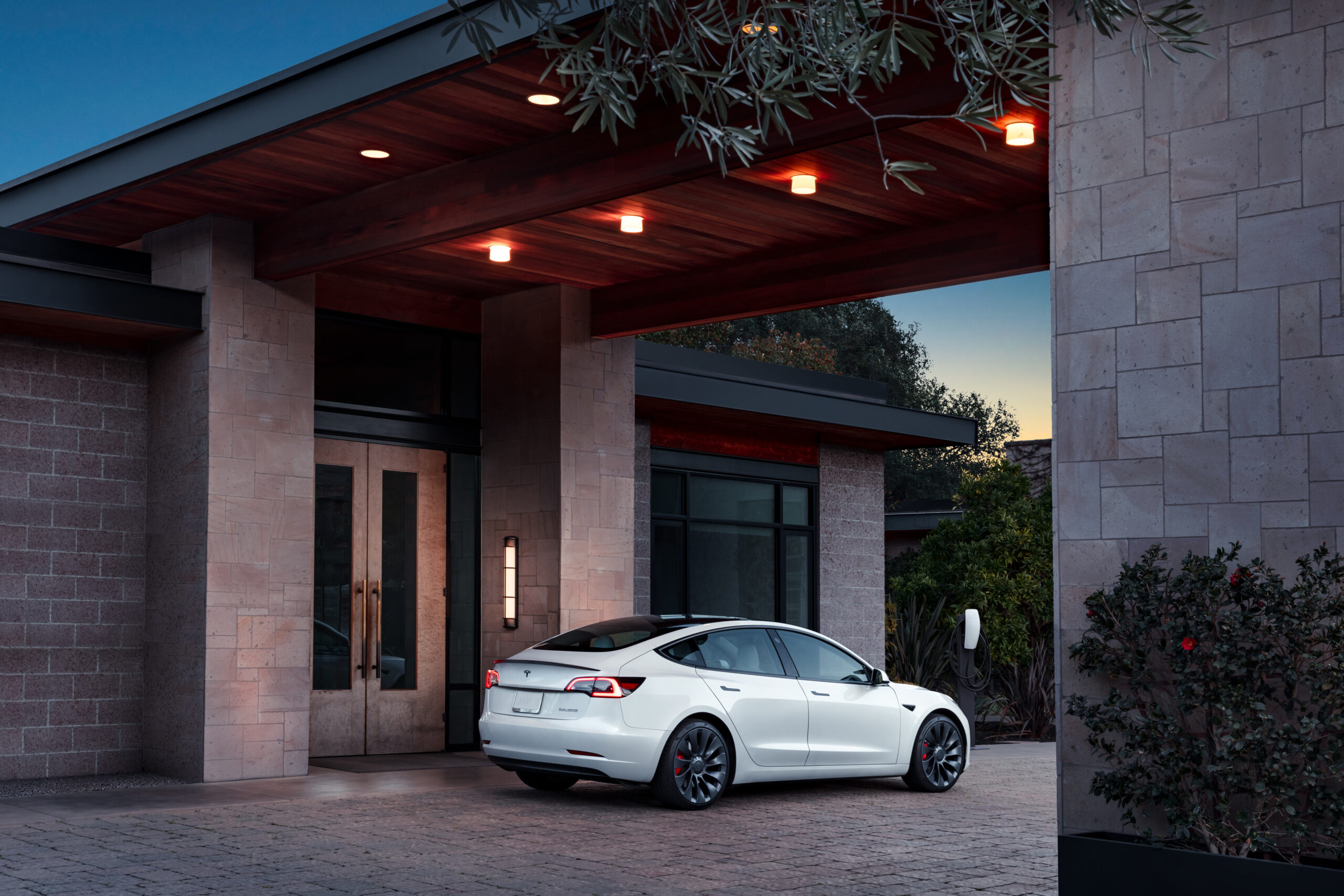
The Tesla Model 3 is hard to beat for those who can afford the $37,990 price, considered mid-range in EV sales. It’s the most popular EV, with a 322-mile range. Enjoy brisk acceleration, agile handling, a spacious cabin and first-rate crash test results. It takes over-the-air software updates and has blind-spot monitoring, side collision warning and automatic emergency braking. Its active safety features are part of Tesla’s Autopilot semi-autonomous driving technology.
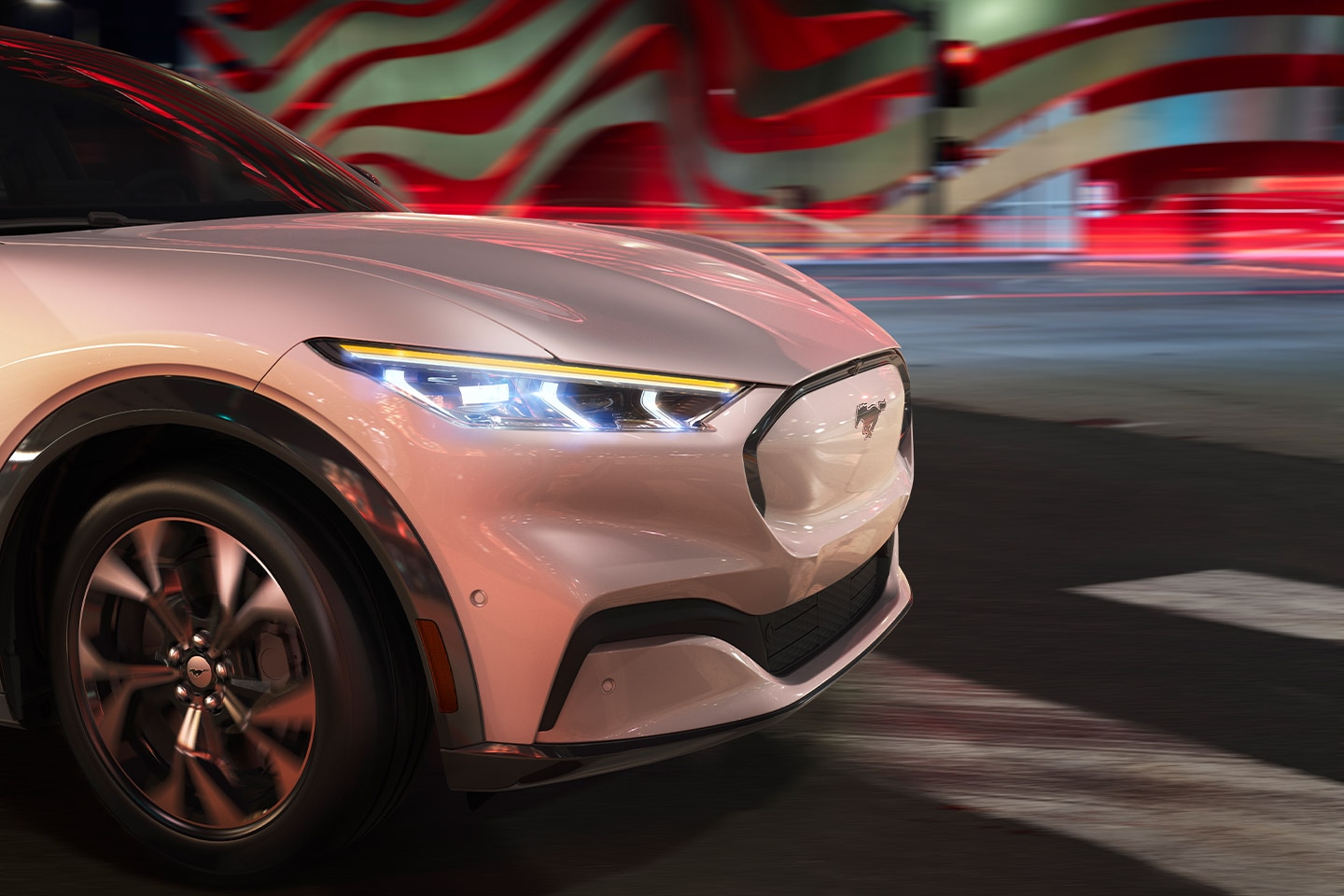
Starting at $42,895, the Ford Mustang Mach-E is a mid-priced luxury EV with styling based on the popular gas-model Ford Mustang sold since 1964. Due to the popularity of the original, experts have called this a genius move by Ford. The new EV comes with hundreds of optional package combinations, including both rear-wheel and all-wheel drive. The battery range is about 230 miles, but an extended-range battery boosts it to 305 miles.
Power was the traditional Mustang’s draw, and that hasn’t changed. The EV version has between 266 and 480 horsepower, based on your model. While the exterior looks much like the original, the interior is loaded with bells, starting with a 15.5-inch touchscreen, navigation, remote monitoring and, of course, a hands-free automated driving system. Ford already is selling about 13,000 of these cars a month, with the pace growing rapidly.
Photos courtesy of The Ford Motor Company
www.media.ford.com
Higher Cost
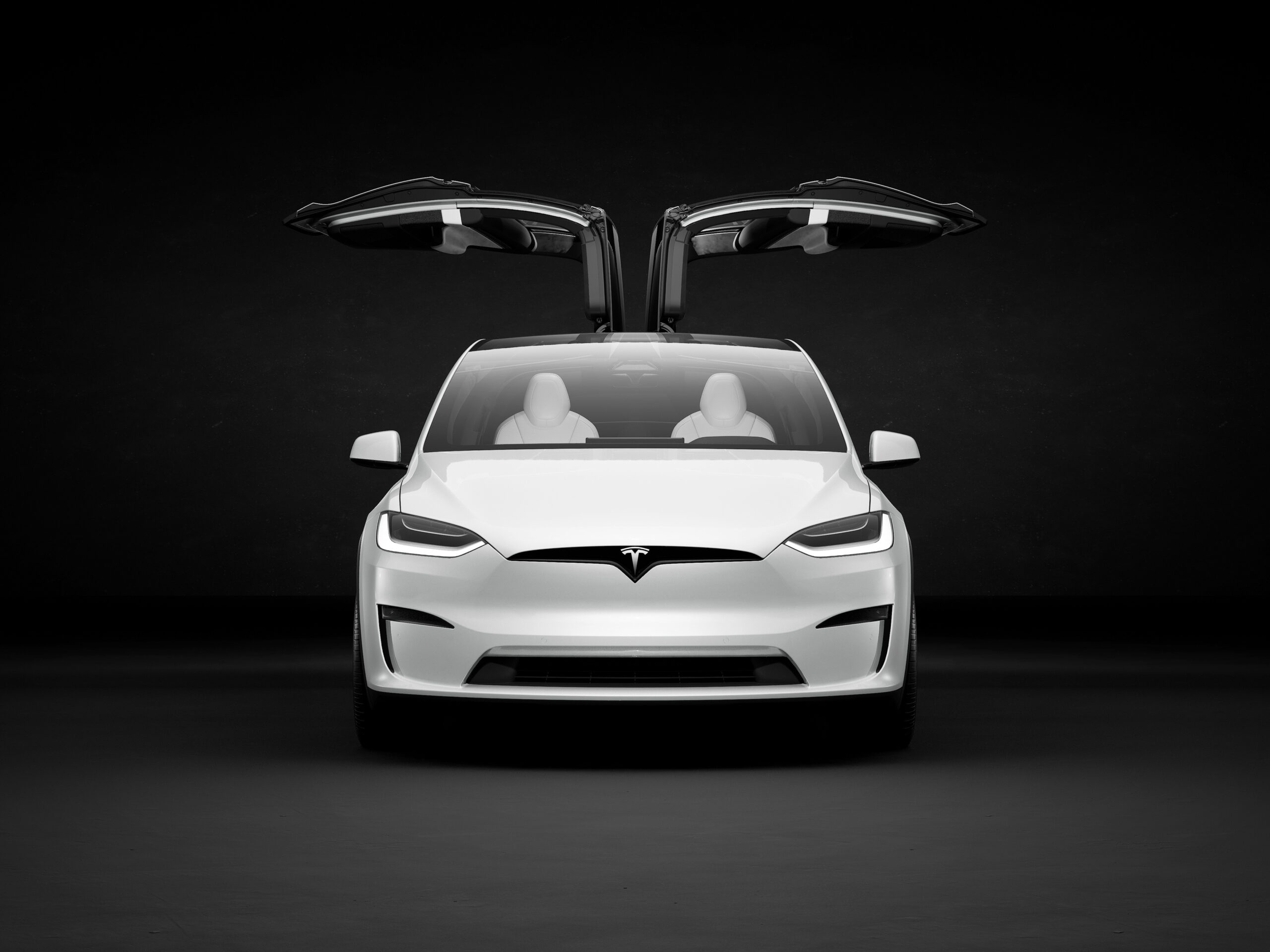
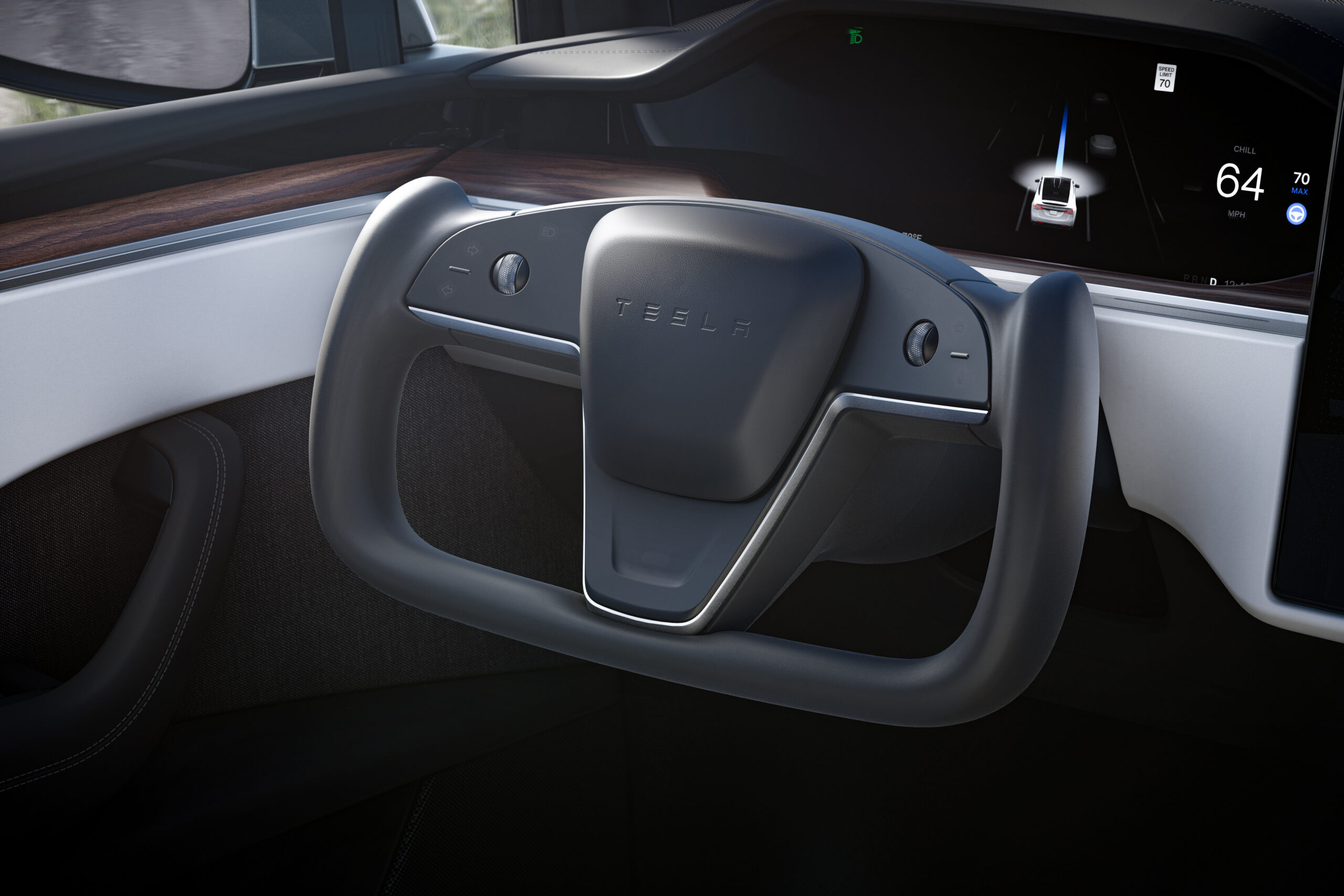
The Tesla Model X (yes, another Tesla) is $79,990 with no federal rebate. Its range is 351 miles, with lots of room and three rows of seats. The Model X is teeming with standard features, such as navigation, a 17-inch touch screen, a 17-speaker premium stereo, voice command activation, a Wi-Fi hot spot, an air filtration system, synthetic leather upholstery, heated seats, a heated steering wheel, a panoramic windshield and a built-in dashcam. Tesla’s Autopilot system, which combines several active driver-assist technologies, comes standard too.
Photos courtesy of Tesla, Inc.
www.tesla.com/tesla-gallery
Boot up and Go!
For a fun ride, lower ongoing operating costs and immediate savings on fuel, EVs are the way to go. And now is the time to purchase one, before federal tax credits end (but remember, availability of the tax credit depends on the model). It’s time to join the EV movement. You won’t regret it!

